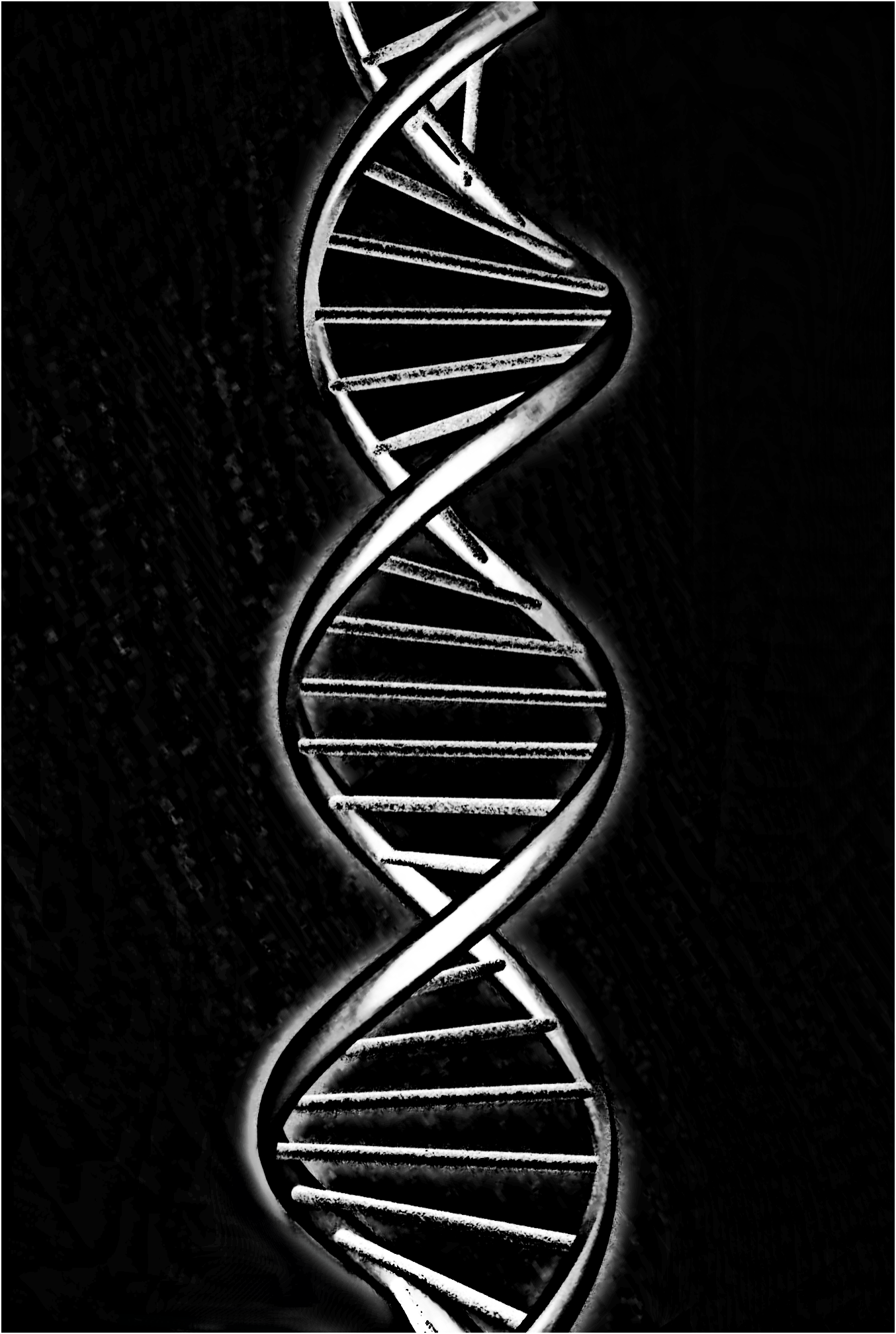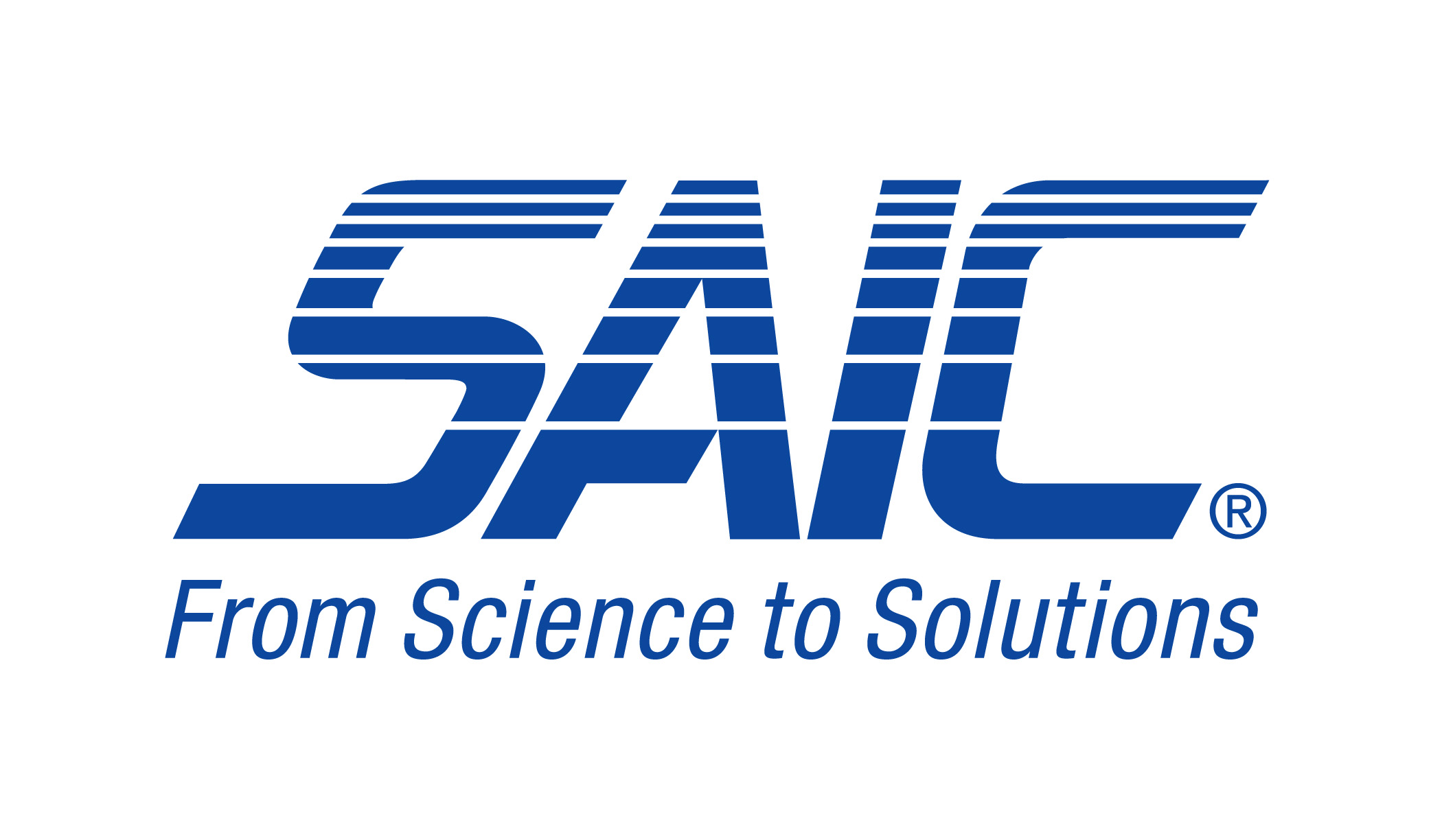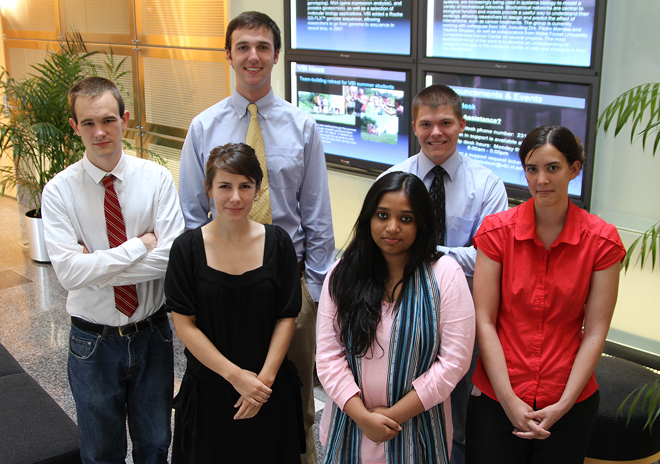Team:VT-ENSIMAG Biosecurity
From 2010.igem.org
| Line 7: | Line 7: | ||
gene synthesis companies to address concerns over the dual use of their product. Our findings will not only quantify an interpretation of the Government guidance, but should also help to provide future developers of screening software with the data necessary to develop more robust sequence screening tools. Our work has direct implications for both iGEM and the field of synthetic biology. | gene synthesis companies to address concerns over the dual use of their product. Our findings will not only quantify an interpretation of the Government guidance, but should also help to provide future developers of screening software with the data necessary to develop more robust sequence screening tools. Our work has direct implications for both iGEM and the field of synthetic biology. | ||
| - | iGEM attempts to develop a tool-box of standardized parts for use by synthetic biologists. Without screening software, dangerous sequences could find their way into this tool-box. If such sequences were used to engineer organisms with novel capabilities, the repercussions could be significant. The emphasis placed on safety and security by both iGEM and the synthetic biology community only reinforces the clear need for more cost effective and accurate screening methods. The deeper understanding of screening technology provided by our results could therefore play an integral role in both the future of the competition and the field. | + | iGEM attempts to develop a tool-box of standardized parts for use by synthetic biologists. Without screening software, dangerous sequences could find their way into this tool-box. If such sequences were used to engineer organisms with novel capabilities, the repercussions could be significant. As part of our project, we will attempt to screen the iGEM standard registry of parts. The emphasis placed on safety and security by both iGEM and the synthetic biology community only reinforces the clear need for more cost effective and accurate screening methods. The deeper understanding of screening technology provided by our results could therefore play an integral role in both the future of the competition and the field. |
<div align='center'> | <div align='center'> | ||
Revision as of 18:03, 3 August 2010
Home
|
AbstractAs part of our iGEM 2010 project, we are implementing the draft Government guidance for sequence screening, characterizing its performance, and suggesting improvements. The guidance proposes a screening framework for gene synthesis companies to address concerns over the dual use of their product. Our findings will not only quantify an interpretation of the Government guidance, but should also help to provide future developers of screening software with the data necessary to develop more robust sequence screening tools. Our work has direct implications for both iGEM and the field of synthetic biology. iGEM attempts to develop a tool-box of standardized parts for use by synthetic biologists. Without screening software, dangerous sequences could find their way into this tool-box. If such sequences were used to engineer organisms with novel capabilities, the repercussions could be significant. As part of our project, we will attempt to screen the iGEM standard registry of parts. The emphasis placed on safety and security by both iGEM and the synthetic biology community only reinforces the clear need for more cost effective and accurate screening methods. The deeper understanding of screening technology provided by our results could therefore play an integral role in both the future of the competition and the field.
Conclusions
ContributionsWho are we?We are a software team, composed by 5 students (2 from ENSIMAG and 3 from Virginia Tech) working in the Virginia Bioinformatics Institut, under the supervision of Jean Peccoud and with Laura Adam as advisor. The team is more thoroughly presented in Our team. |
 "
"






